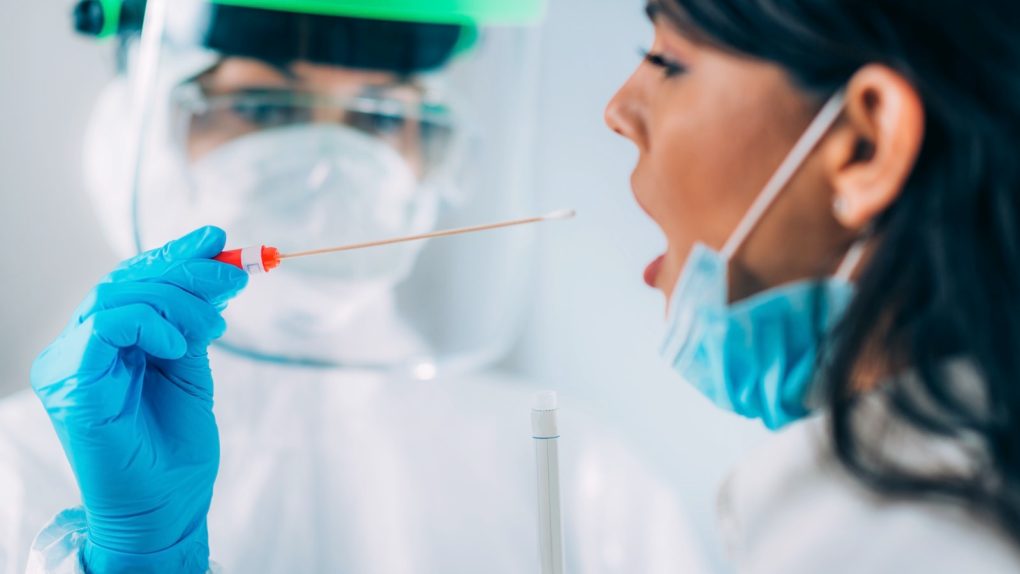- Some researchers fear that the mink coronavirus mutation in Denmark has pandemic potential, while others say more research is needed before suggesting current COVID-19 vaccine candidates might be ineffective against the new strain.
- The government announced that up to 17 million minks would be culled to prevent the new coronavirus variation from infecting more people — the mutated version of the virus has already infected at least 12 people.
- It’s unclear how dangerous the mutation is for vaccine research, but researchers from Denmark have already started sharing genome sequences of the mink mutation.
The government of Denmark shocked the world a few days ago when it announced it would slaughter as many as 17 million minks in the country, effectively destroying the entire mink fur industry in the country. The officials opted for this radical option because of the novel coronavirus, as the pathogen developed a potentially dangerous mutation inside the captive mink population. Reports from the country said that the mutated coronavirus has already infected at least 12 people. Researchers are worried that the new strain might be so dangerous that it could effectively render the current COVID-19 vaccine candidates useless. A new report now delivers more troublesome news, as some researchers think that the mutated coronavirus strain has pandemic potential. Others, meanwhile, are calling for calm.
“The worst-case scenario is that we would start off a new pandemic in Denmark,” professor Kåre Mølbak said, via The Guardian. “There’s a risk that this mutated virus is so different from the others that we’d have to put new things in a vaccine and therefore [the mutation] would slam us all in the whole world back to the start.” Mølbak is a vaccine expert and the director of infectious disease at Denmark’s State Serum Institute (SSI).
“We know the virus have measures in place, including testing and infection control, and the outbreak will be contained, to the best of our knowledge,” the expert added.
Still, minks are considered a public health risk based on the SSI advice, after those 12 people were infected with the mutated virus.
University of Copenhagen virologist Allan Randrup Thomasen told The Guardian that the country was not “on the verge of being the next Wuhan,” but there are still risks. “This variant can develop further so that it becomes completely resistant, and then a vaccine does not matter,” the professor said. “Therefore, we need to take [the mutation] out of the equation. So it’s serious.” Thomsen told local media that Denmark should be shut down due to the risk from mink farms.
Researchers have not fully detailed the mutation, and more data is needed. However, a Dutch virologist has offered a few details about the mink coronavirus. “It seems the mink-variant mutation is found in the spike protein of the Sars-Cov-2 virus, but we don’t really know,” Wim van der Poel told the paper. “And we don’t know what kind of vaccine we are going to have. So a lot more research is needed.”
He said that countries should avoid having the virus spread in mink and other members of the mustelid family, like badgers and martens, even without a mutation. “We assume [this] is a risk too in the Netherlands, but our fur farming is being phased out already. There’s no more fur production now after the end of this year.” If the virus were to spread wildly in mustelid populations, “then you have a reservoir in our local wildlife, and we could get reinfected before we even get a good quality vaccine.”
The Dutch government was among the first to order mink cullings earlier this year when it became clear that the animals can be infected with the pathogen and transmit it to humans.
Researchers have no idea whether the mutated coronavirus is able to spread well to humans, but the 12 infected people in Denmark prove there’s reason to worry. University of Reading virologist Ian Jones explained to The Guardian that the virus would have to adapt inside animals to enter cells. As a result, it will “modify the spike protein to enable this to happen efficiently.”
He continued, “The danger is that the mutated virus could then spread back into man and evade any vaccine response which would have been designed to the original, non-mutated version of the spike protein, and not the mink-adapted version.”
Finland experts think Denmark’s decision to kill all the mink population in farms is too extreme. Instead, they advise control measures that are already working in the country. The 150 mink farms in Finnland are all believed to be COVID-19 free.
Speaking to other experts, Stat noted that fears might be overblown regarding the concern that the mutated virus might post a higher risk to humans.
It might be too early to reach any definitive conclusions about the Denmark coronavirus strain that the local government has identified, and plenty of unknowns remain. Outside experts have not had access to the genetic sequencing of the data. But Denmark has already uploaded 500 genetic sequences into databases open to researchers on Thursday and will upload more.
Researchers told Stat that a single mutation might not be that dangerous and that it’s good news that the mutation was caught early — these things typically aren’t discovered until they spread more widely. The best example is SARS-CoV-2, which has an animal origin that is still a mystery.
When the novel coronavirus started spreading in humans, nobody was actively tracking it. Right now, entire teams of geneticists follow SARS-CoV-2 closely, so when mutations appear, they can be immediately identified. Tracking mutations is a key step for ensuring vaccines work. In this case, researchers might be one step ahead of a pathogen with proven pandemic potential for once. If the mink mutation is as dangerous as some fear, then Denmark’s swift actions and transparency will surely be appreciated down the road, especially compared to how China handled the coronavirus in late December last year.








